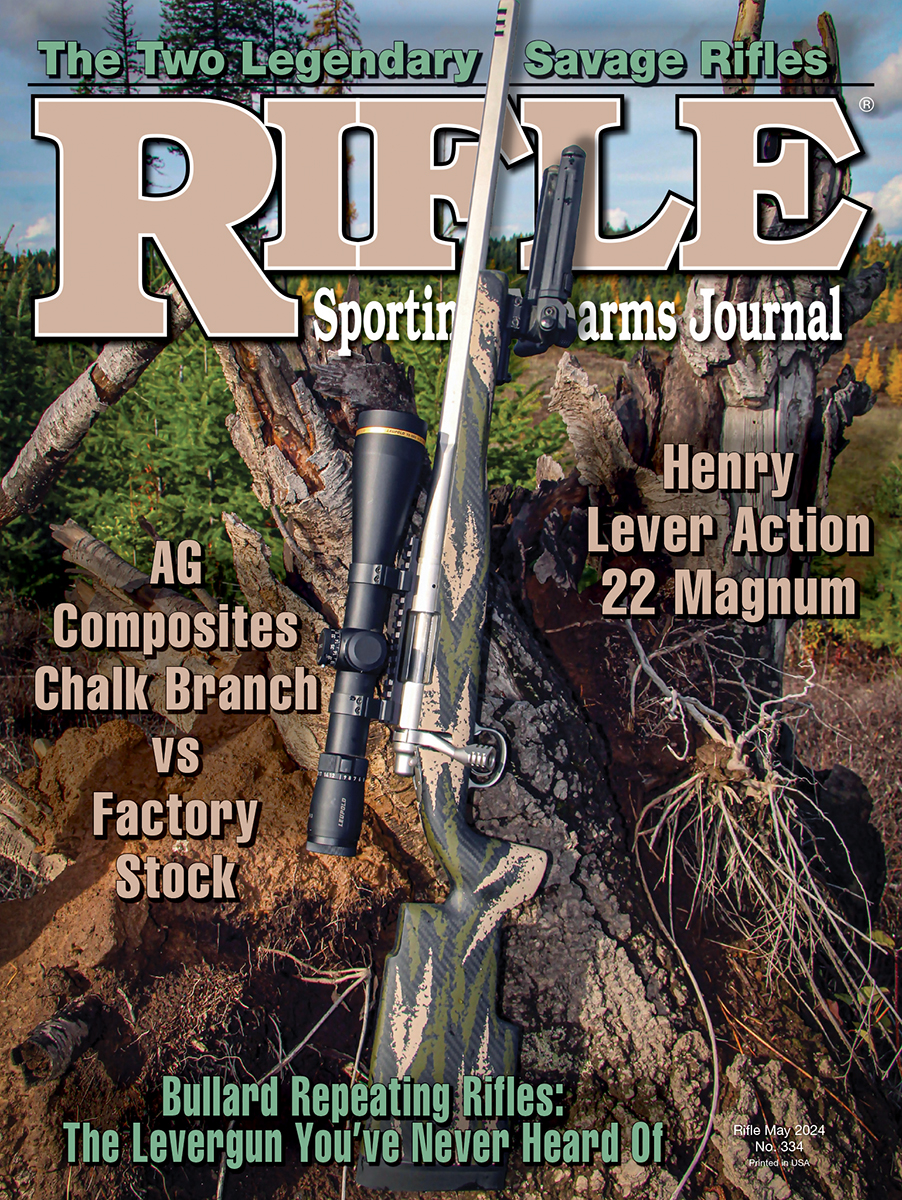Strasser's RS 700
Beats 'Em AND Joins 'Em
feature By: Terry Wieland | May, 24

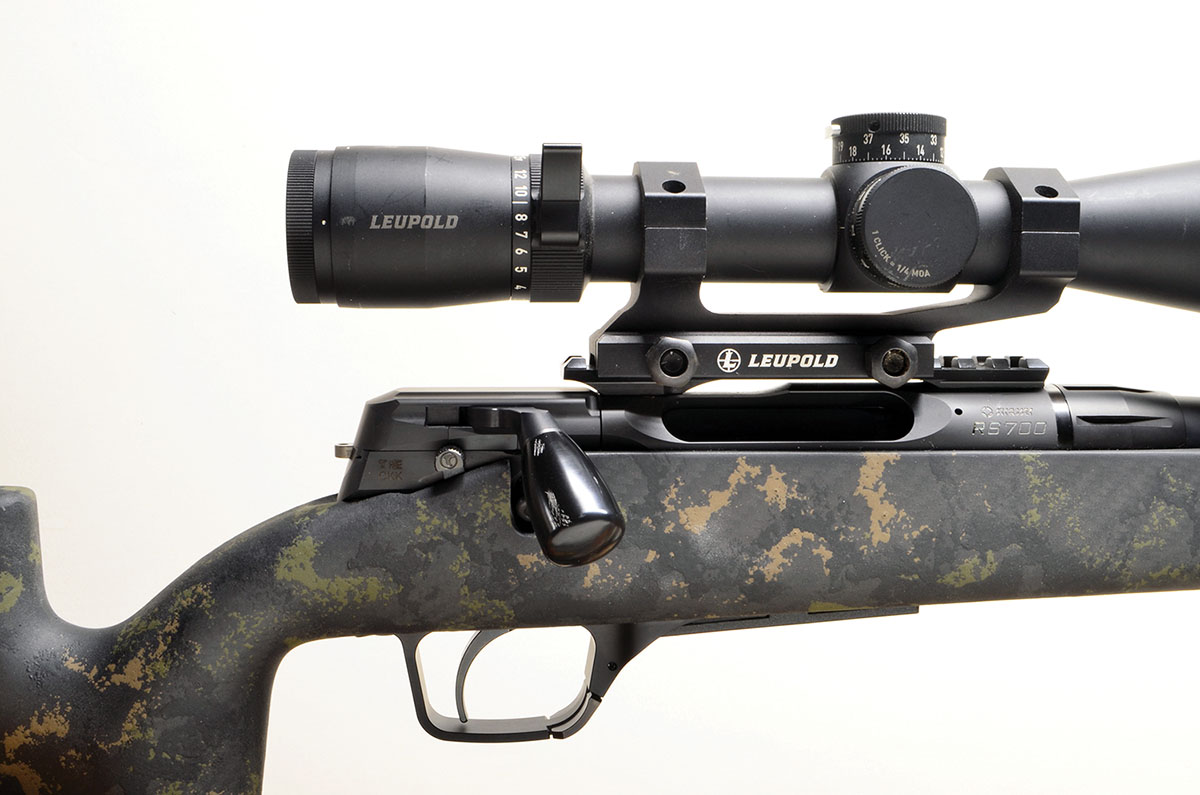
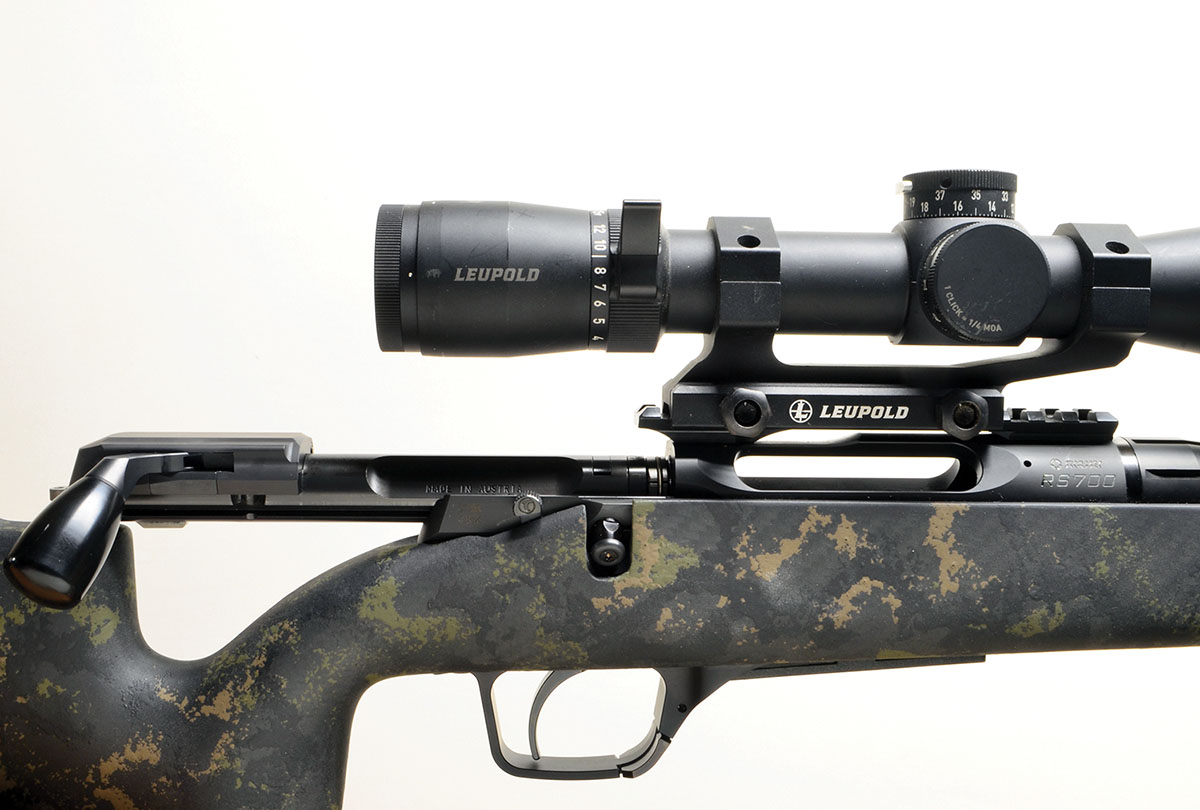
Inevitably, the Strasser will be compared with the Blaser R8, which will be its greatest rival in the American market. Where the Strasser is quite different is its ability to be customized in all directions, and the key to that lies in its name: It was designed from the ground up to accept virtually every aftermarket accoutrement intended for the Remington Model 700, unquestionably the most imitated action of the last 60 years. The RS 700 user’s manual calls the Remington 700 the “great role model.”
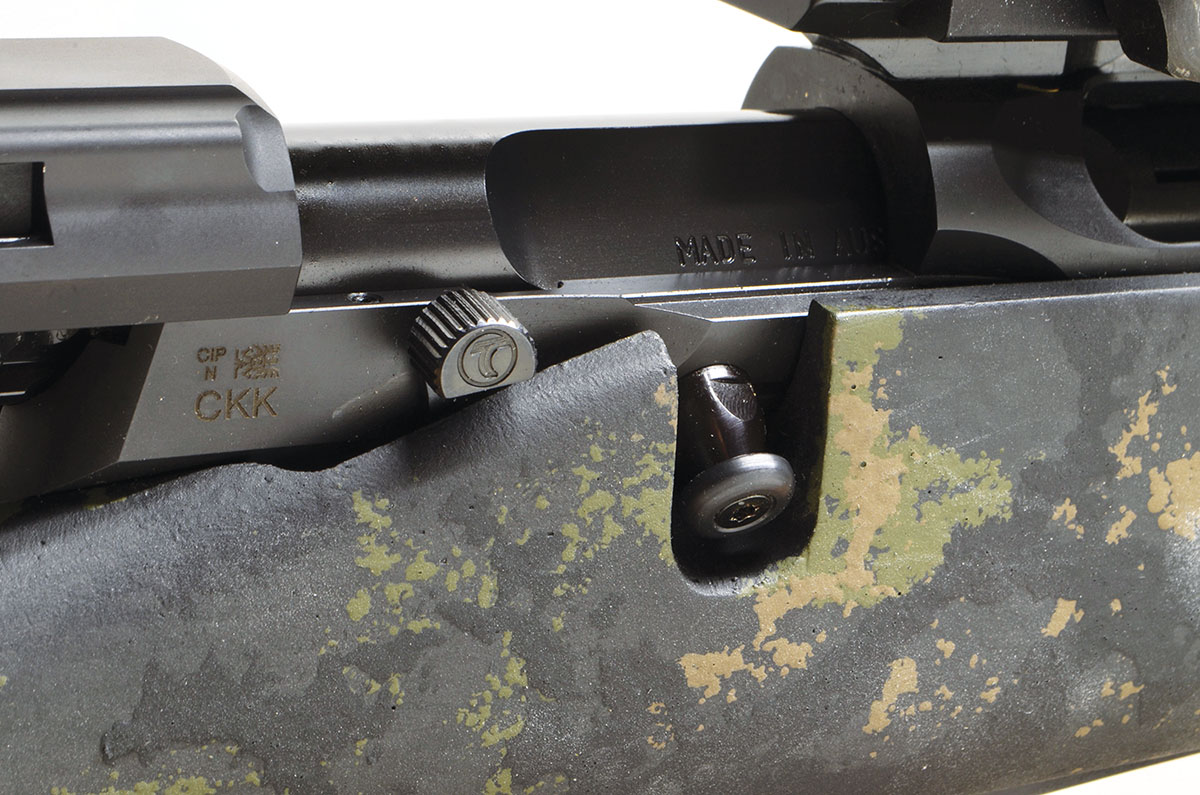
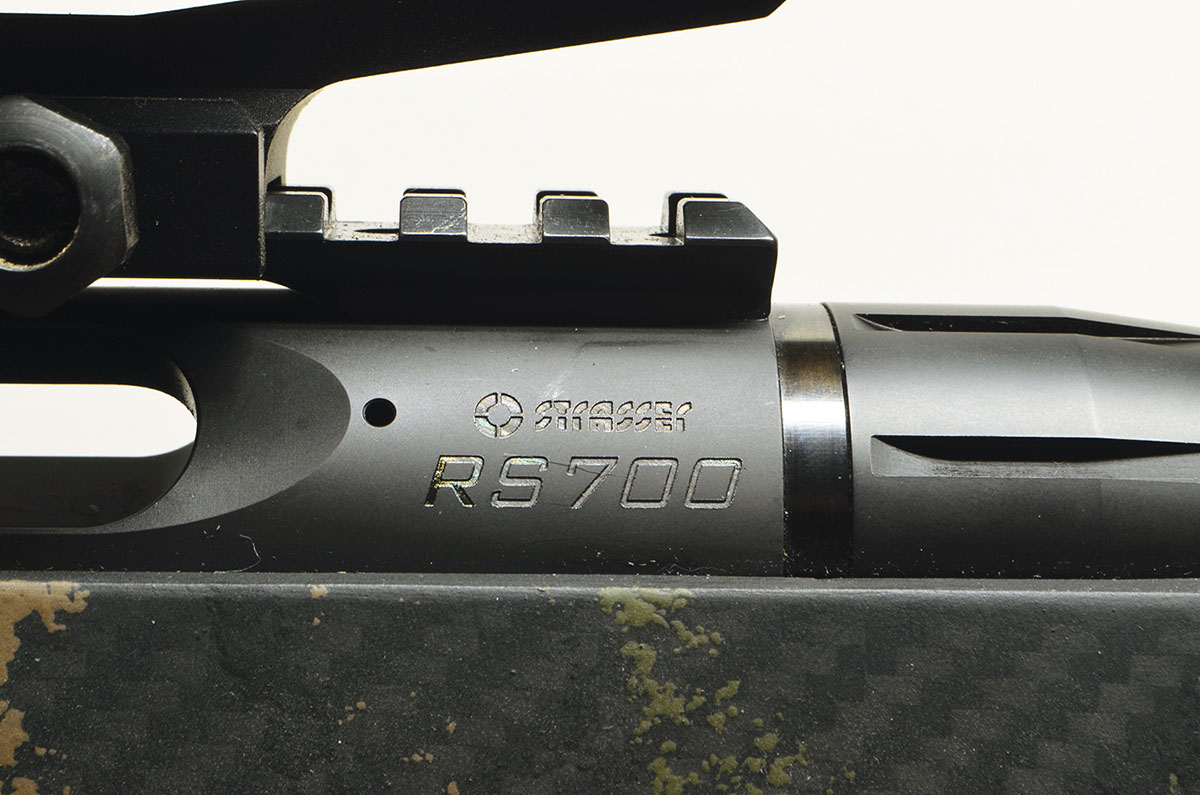
This is no small thing, since the American rifle market today is dominated by what might be called “kit” guns – rifles made to be mixed and matched to suit the owner’s taste and preferences in every way, both in appearance and function. Faced with the enormous difficulty of persuading all the small specialty manufacturers to produce bits and pieces to fit its rifle, Strasser instead fitted its rifle to all the wonderful bits and pieces already available. Brilliant.
At a base price of about $3,600, the Strasser RS 700 is certainly not cheap, but when you consider you are potentially buying several rifles in one, and that the possibilities for later modification are almost limitless and relatively inexpensive, it begins to look pretty economical.
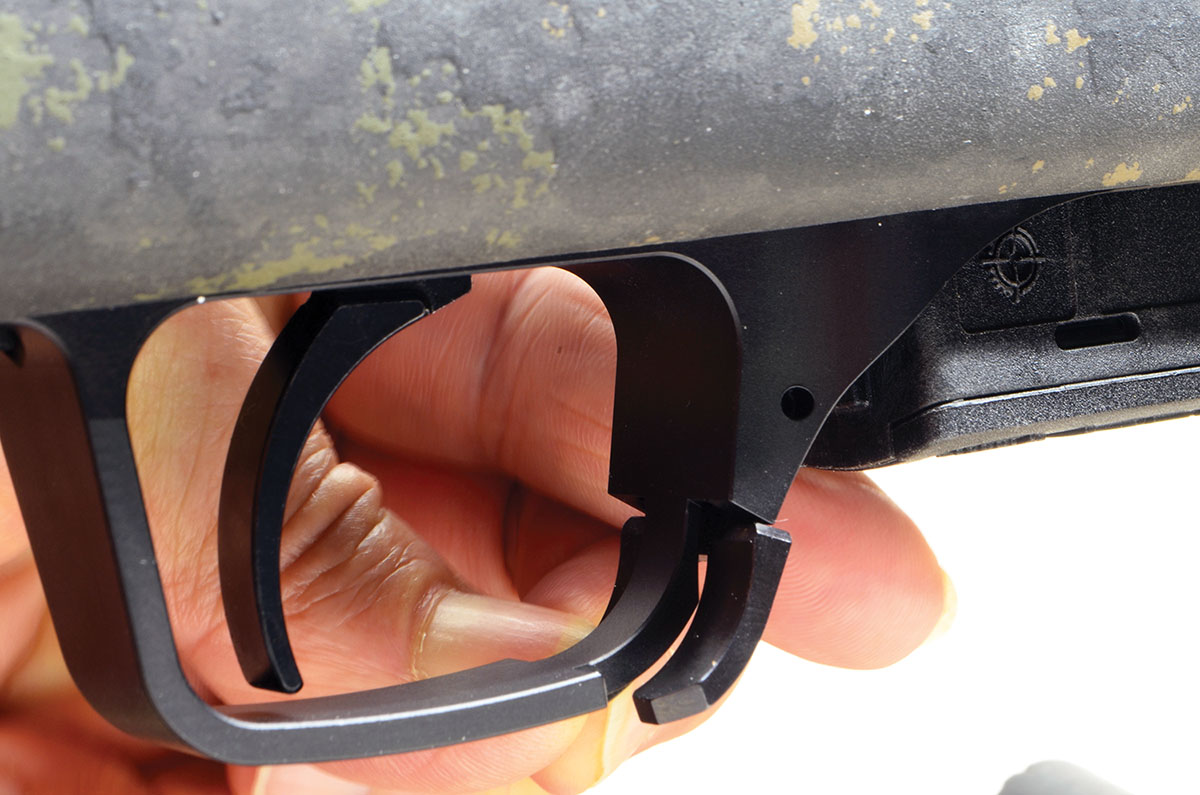
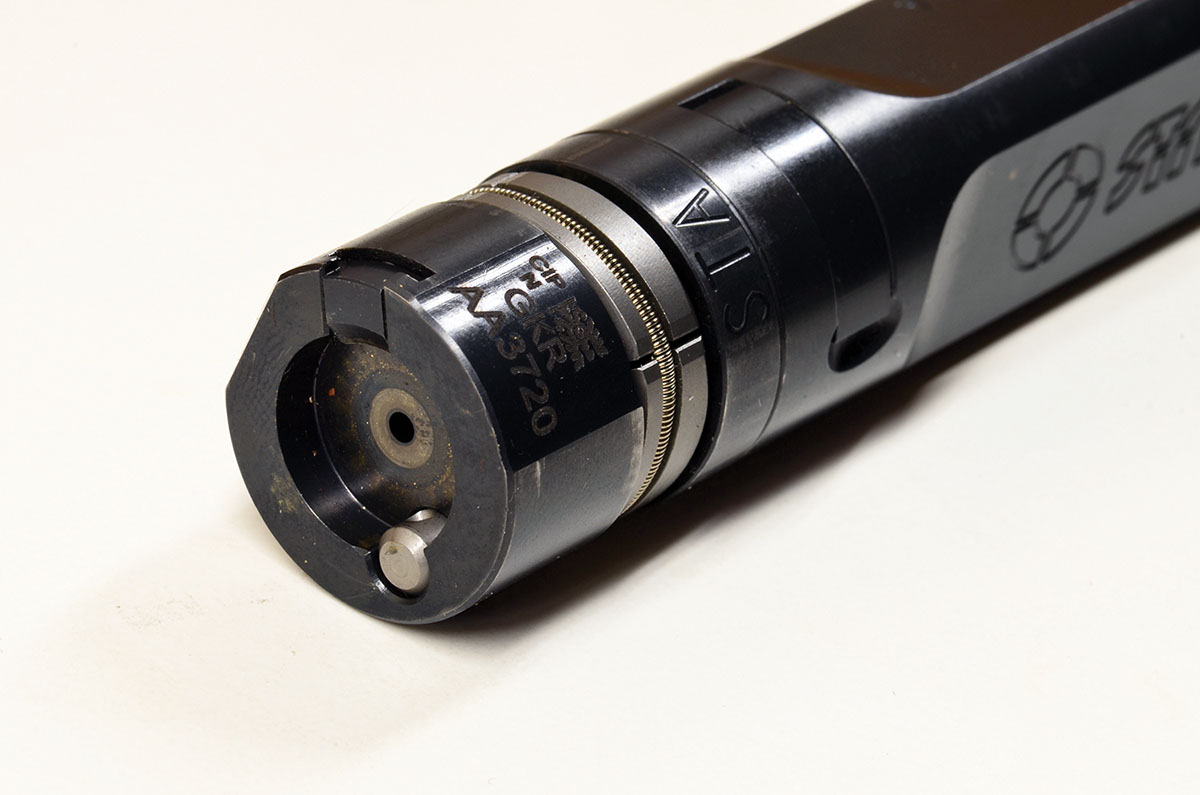
The rifle can be set up for either right- or left-handed operation. This requires a factory left-handed bolt. The 700-style safety and bolt release can both be switched, assuming you have a left-handed stock with the slots in the appropriate places. The bolt stop is a small, spring-loaded nut that lies in the slot where the bolt handle would rest on a Model 700 action. The magazine release, a catch that is inlet to the front of the trigger guard, is ambidextrous.
I will come back to the question of versatility and interchangeability, but first let’s look at the rifle itself. My test rifle is the Alpine Green stock option, and it arrived with a Picatinny rail for scope mounting, another on the underside of the forend for a bipod, and the muzzle threaded for a brake. It is (surprise!) a 6.5mm Creedmoor, and has the factory standard three-round magazine.
The trigger is a Timney Elite Hunter, factory set at 2.5 pounds but readily adjustable between 2 and 4 pounds.
One feature I disliked immediately is the two-position safety that allows the bolt to be cycled whether the safety is on or off. There is no way to lock the bolt closed, and being a highly convenient and slick straight-pull, it’s even easier to open inadvertently than a standard turn bolt. This usually happens when the rifle is slung on your shoulder and you are fighting your way up a wooded mountainside, hand over hand. Alas, this is the same as the Remington Model 700 – one major reason I have disliked it for years – but given the Strasser’s goal of 700 interchangeability, it was to be expected.
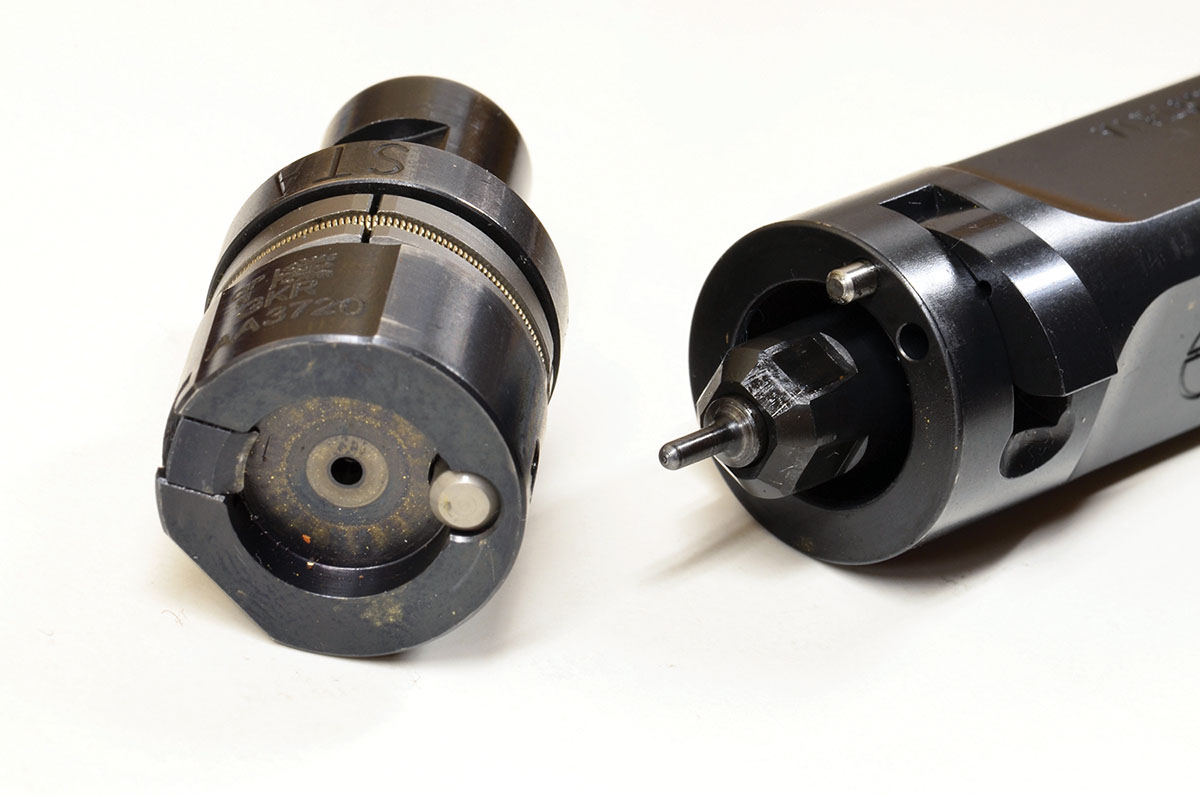
The factory magazine holds three rounds, so it was logical to shoot three-round groups rather than my usual five- or 10-shot groups. Using both Hornady Match ammunition and some handloaded match-quality ammunition, it shot consistently under an inch at 100 yards.
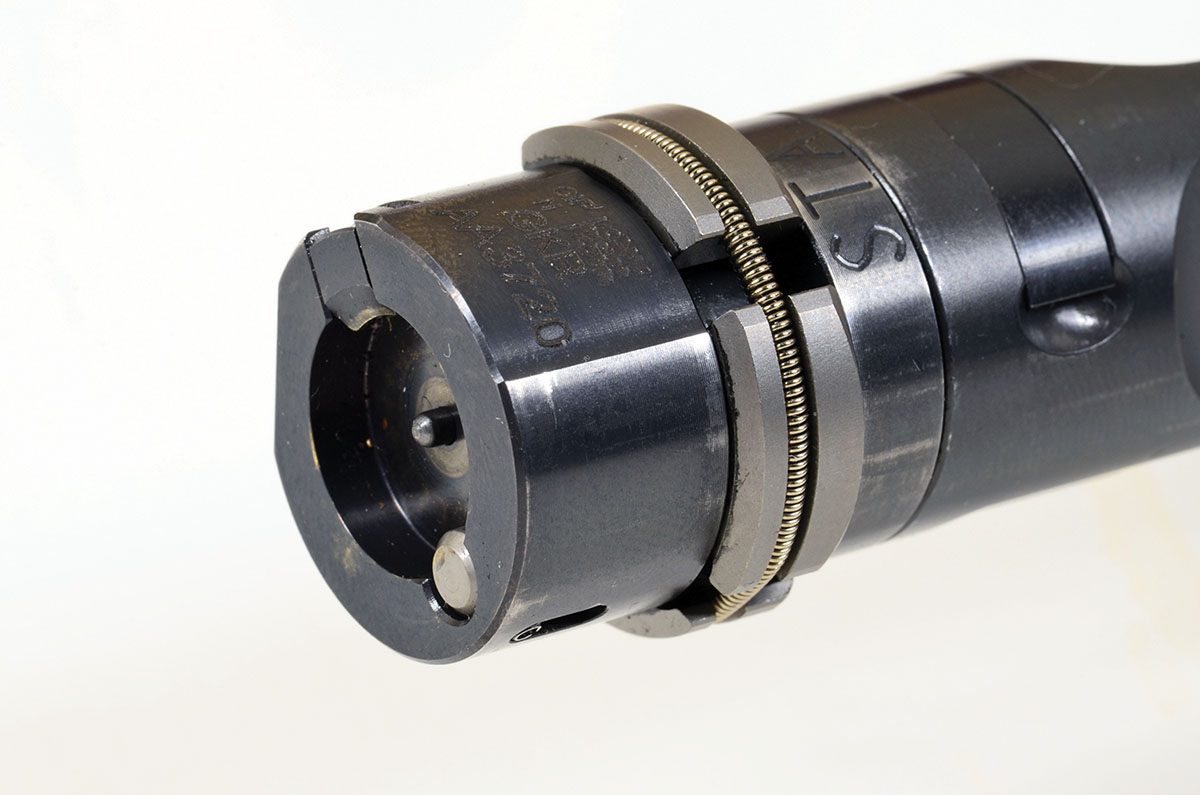
It is interesting to reflect on how much gilt-edged accuracy has become the norm that, unlike years past, we now take sub-MOA performance for granted, much like we take it for granted that a car will start when we turn the key. As with a car, it’s how it performs once it’s running that really counts.
With the Strasser RS 700, bolt cycling was fast, easy and flawless; the trigger pull was consistent and crisp; the magazine dropped out when I pushed the latch, reloaded easily and snapped smartly back into place. If you are thinking, “Well, yes, I should hope so,” be assured that all too often that is not the way a new rifle performs.
One area that did cause some concern was ejecting fired cases. Unless the bolt is worked with full force, the case either doesn’t fly far or simply settles onto the stack in the magazine and you have to shake it loose. Doing this slows down the bolt operation considerably, and since speed of operation is the straight-pull’s main claim to superiority over a turn bolt, this is no small thing. But work the bolt aggressively and it works fine.
At this point, I should add that the rifle I was sent was not new in the box. It had some obvious cosmetic flaws from previous handling, so the ejection problem might have been caused by something, somewhere along the line.
Having an affinity for all things Austrian, from strudel to schnitzel to the Vienna Philharmonic, it was natural to compare the Strasser’s overall feel and handling to the original 6.5mm alpine hunting rifle, the Mannlicher Model 1903. The Mannlicher is lighter – 6 pounds, 12 ounces, unloaded with sling, versus the Strasser’s 9 pounds, 8 ounces, unloaded with scope.
Having said that, of course, the comparison is unfair given the differences in hunting methods of 1903 compared to 2023. Back then, alpine hunters climbed to the peaks with a pack and a rifle to hunt chamois; ranges were not long and the emphasis was on stalking, not sniping.
In central Europe today, most of the emphasis is on shooting from a stand and, to the Germans at least, driven wild boar is the ultimate hunt. As anyone who has done it will tell you, when the boars are bearing down on you in gangs, cutting left and right, you need to shoot quickly and accurately. With its extra weight and straight-pull bolt, in that situation, the Strasser would win hands down over the Mannlicher and, of course, it has it beat over the Mannlicher in terms of range and accuracy.
It should also be noted that, as far as I can tell, the Strasser has no provision for iron sights of any kind, another way in which comparisons with the Mannlicher are unfair both ways. It’s like comparing a mountain bike to a Harley-Davidson. What one will do, the other won’t, and vice versa.
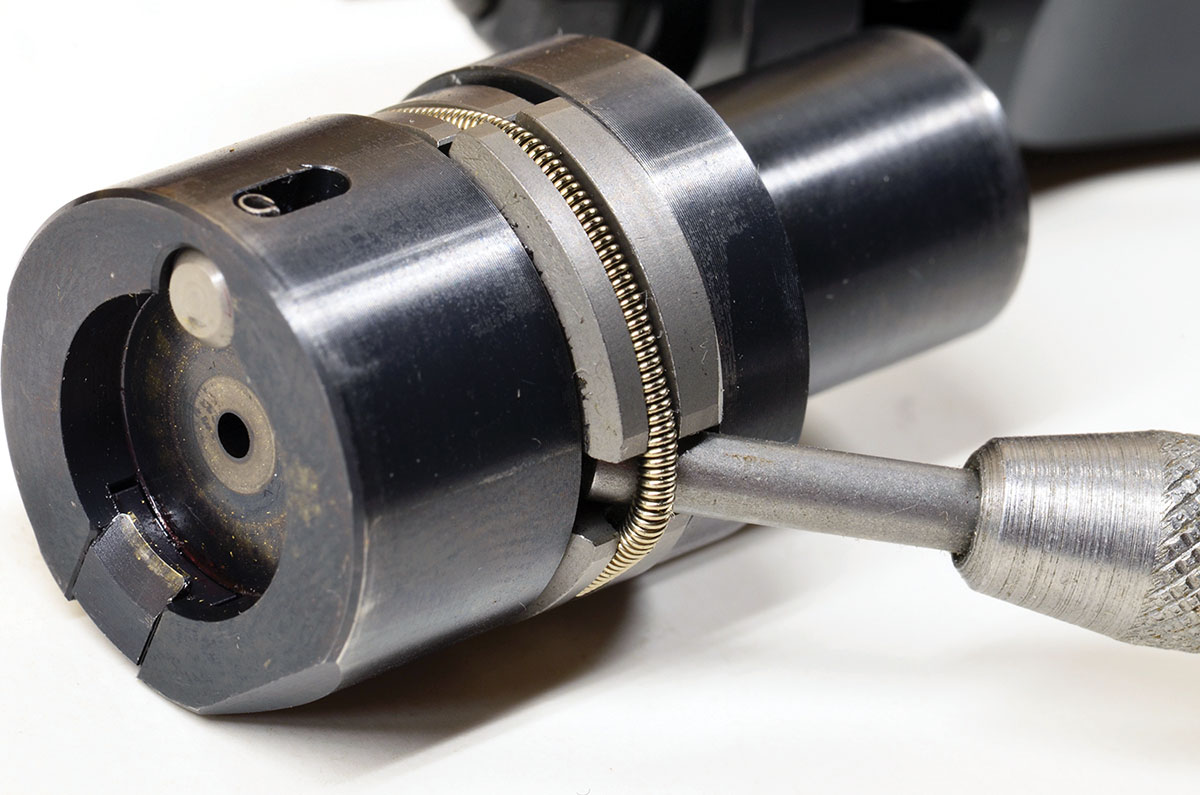
A much fairer comparison is with the Blaser R8, a rifle with which I’ve had considerable experience over the past 15 years. I’ve hunted with one in Germany, Poland, Austria and Spain, in various calibers and configurations, as well as owning two and having four barrels in different calibers. Going from memory, I would estimate I’ve played with the R8 in a dozen different calibers, switching back and forth, so I have a pretty good idea of how it’s supposed to work.
The major difference between the R8 and the Strasser is that the R8’s components all come from the Blaser factory, are 100 percent drop-in, and they work. This includes barrels, bolt heads, magazine inserts, and riflescopes in detachable mounts, as well as different stocks.
This is not true of the Strasser. While it will accept parts built for the Remington 700, including, apparently, barrels, they do not drop-in. As the manual points out, many will need some custom fitting and that involves a gunsmith. One commentator, reflecting on the fact that a Remington 700 barrel needs to be opened up 80 thou, on account of the Strasser’s “fat bolt,” stated that this was easily done by anyone with a lathe.
So, while the Strasser RS 700 does have a high degree of versatility and interchangeability in terms of parts, it does not have the instant “drop-in and go shooting” versatility of the R8.
The RS 700’s action warrants some examination. Its lock-up mechanism employs four lugs which are pressed outwards into position, by a sleeve surrounding the striker, as the action is closed. According to Strasser, this affords more area on the locking lugs than on a Mauser 98, and testing at the Austrian proof house has shown that with only one of the four lugs in position, the bolt can withstand repeated proof loads.
A safety mechanism built into the bolt prevents it being fired unless the bolt is fully closed and the lugs are tightly in position. Strasser strongly recommends that the average user not disassemble the bolt, which is reasonable in Europe where almost everything from fitting scopes to cleaning the rifle is referred to a gunsmith, but in America? Here, the average shooter takes apart anything he thinks he can figure out. Getting it back together, of course, often involves a shoebox of parts and a trip to a gunsmith, but that’s a whole separate question. At any rate, I did not attempt to disassemble the bolt, having learned that lesson many times over.
The user’s manual for the RS 700 does not include instructions on how to do it. Normally, I prefer to have a book (paper and ink) included with a rifle but, in line with modern practice, the RS 700’s manual is online, which means you can download it and study it before you make a decision on whether to buy one. That, I strongly recommend because it is impossible to cover every aspect of such a rifle in an article like this. It can be found at strasser-usa.com.
If it was hard to know where to begin with the Strasser RS 700, it’s equally difficult to know where to end. Overall, it’s a fascinating – and ingenious – piece of ordnance.


